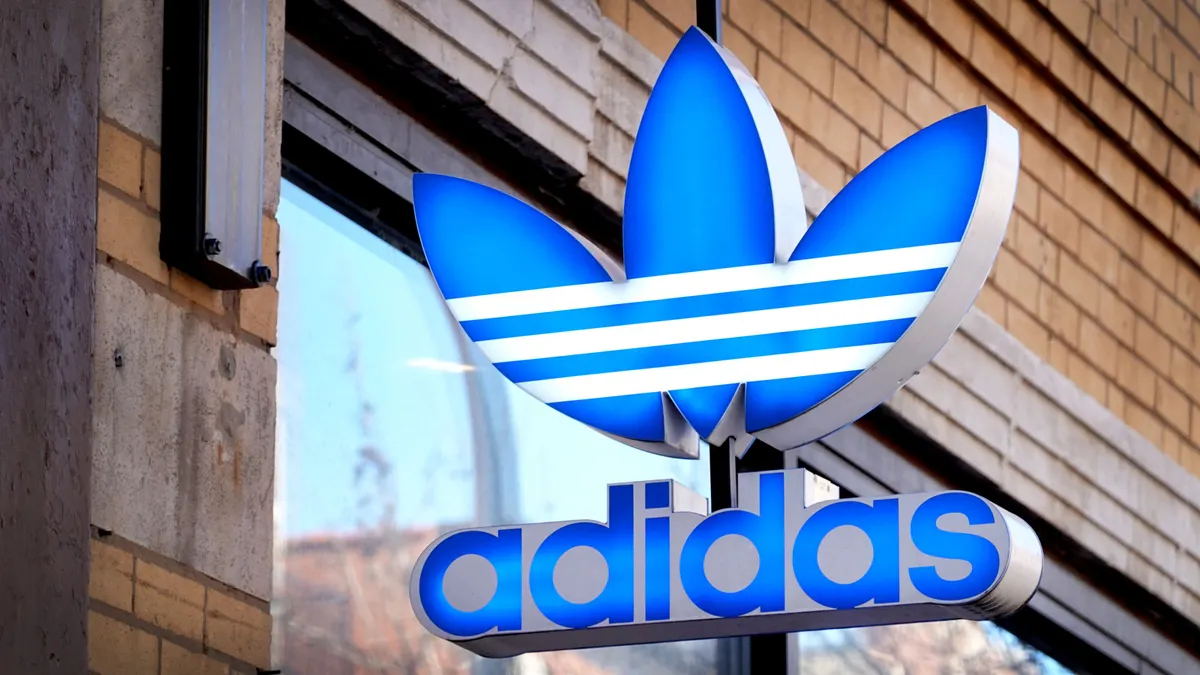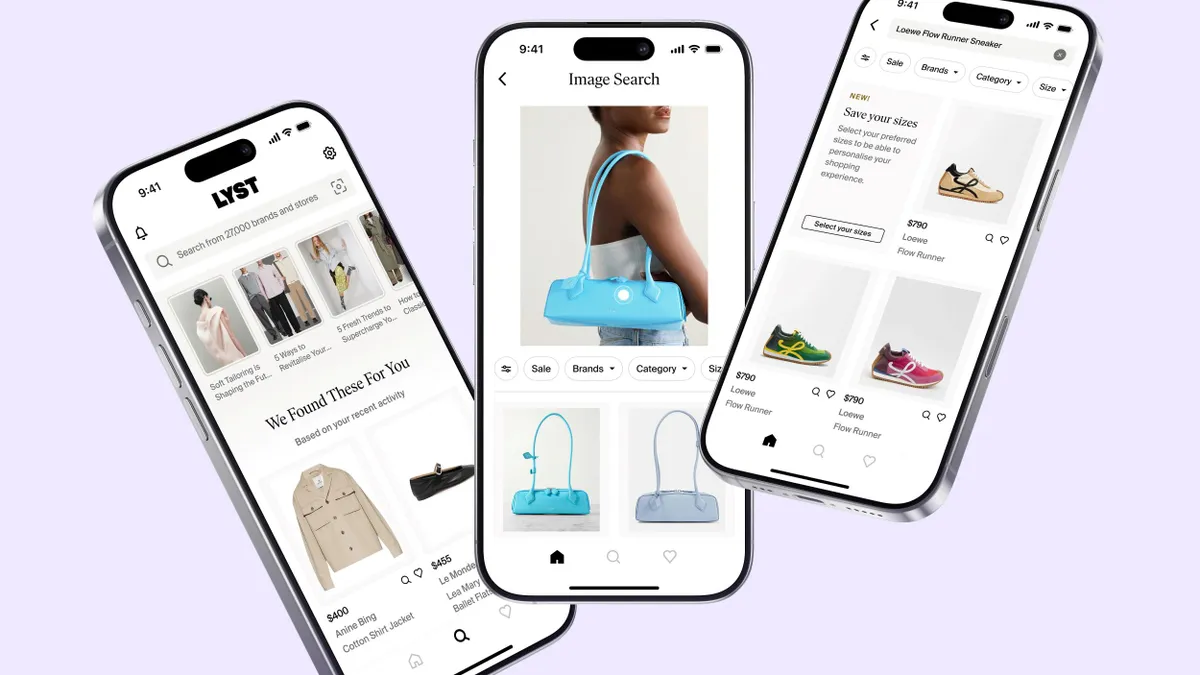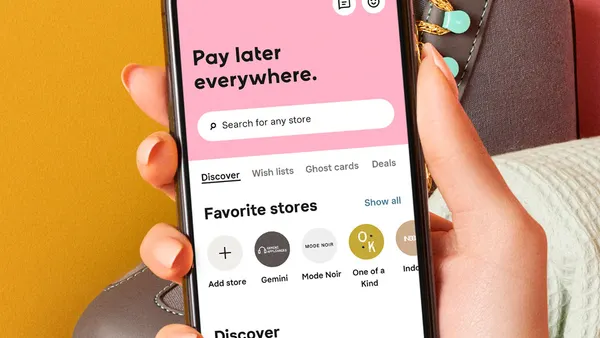Dive Brief:
- Young consumers and 35- to 44-year-olds ranked clothing and fashion as one of their most likely splurges for 2023, according to the Fourth Annual Consumer Culture Report from 5W Public Relations and Censuswide, an independent market research consultancy.
- The annual report covers what will influence purchasing patterns this year. For both the 16- to 24-year-old and their 35- to 44-year-old cohorts, electronics and technology beat out clothing and fashion as their most likely splurge.
- In 2022, 16- to 24-year-old consumers spent 46% of their disposable income on fashion, more than they spent on any other category.
Dive Insight:
When broken down by age group, numbers from the report indicated that clothing and fashion will continue to tempt millennial and Generation Z consumers. All consumers except 35- to 44-year-olds ranked health and wellness in their top three categories, while 35- to 44-year-olds instead swapped in beauty and personal care. Top consumer splurge categories across all demographics were electronics and technology (51%), health and wellness (43%), home goods and furniture (42%), and dining out (40%).
When it comes to fashion, self-expression is especially important to 16- to 24-year-olds, said Dara Busch, co-CEO of 5WPR. “They're going to invest in clothes that help to create their identity,” she said. “They're out there going to parties, they're back into that social scene.”
On the other hand, Busch said, 35- to 44-year-olds were more likely to be looking for a wardrobe refresh.
“That’s a time when people really start to invest in their wardrobe,” she said. “They spend real money on things that are going to be staple pieces in their wardrobe for years to come.”
The survey indicated that 25- to 33-year-olds weren’t planning to splurge on clothing like their younger and older counterparts.
While Busch said there was no clear indication of why this specific age group wasn’t planning to update their closets in 2023, she said it could be because they were still hoping to get some use out of what they bought just before COVID-19 shut everything down in March 2020.
“They didn't get to wear their clothes for the last few years while they hunkered down at home,” she said. “Now they've got this spring fashion in their closets, and they're starting to bring it back out. It'll be interesting to see when they pick up when they start shopping again.”
Busch said fashion companies who want to appeal to changing customer expectations need to think about brand value.
“That doesn't just mean how much something costs,” she said. “People look for brands to make it easy for them to buy online and in store. People expect a very high level of service. It's not just price. It's the overall experience. They want to get discounts. They want to make sure that everything is easier, including returns. It's the entire value proposition.”
For the report, Censuswide surveyed 2,000 U.S. consumers between Nov. 21 and Nov. 24, and 5WPR used an artificial intelligence-based language processing tool to analyze more than 2,000 articles and media conversations about inflation, consumer spending habits and supply chain impacts during the November 2021-2022 calendar year.











